M-Spec G-Shock models distinguish from the other G-Shock models with their special straps. The straps of M-Spec models is made of ballistic nylon. Often a bright colored fabric is used under this nylon. In the first two series a signal orange color was used.
This orange represented the Indian Orange lining of the MA-1 flight jacket, commonly known as bomber jacket. This nylon flight jacket became popular in street culture since the ‘80’s. While the original Midnight Blue and Sage Green models had these colors to blend the pilots in the environment in emergency situations, now a wide variety of colors are available for public. I assume the orange lining could be used to signal to aircrafts when a pilot was down and needed to be rescued.
While the nylon strap in the earlier M-Spec releases was a one piece strap, where the case was attached above the strap, this series have a two piece strap that is attached traditionally on the top and bottom of the case.
Ballistic nylon is stiff and usually not comfortable. The use of the soft fabric under this nylon makes this kind of straps actually very comfortable. The holes for the buckle are strengthened with little metal rings. This makes the watch look even more tough.
When the G-7900 was first released, I wasn’t very warm for this model. I had seen wrist shots of this model, but in my neighborhood you couldn’t find this model in the shops. The looks are a bit like the ‘90s models, but in my opinion, the DW-001 to DW-004 series looked better. The first time I saw a G-7900 in the flesh was at the Coastal Marathon in October 2010. One of the lifeguards was wearing a white G-7900. It looked pretty big and the owner was quite happy with it. Specially the tide feature, which is a nice useful instrument if you are a lifeguard. Since then I have been looking at the rescue red G-7900A version and the yellow GW-7900CD version (with Waveceptor function). Actually I hoped for a rescue range version, which would match better with the Dutch lifeguards.
I saw this G-7900MS model for the first time in the Yodobashi Camera in Machida, the day we arrived in Japan. I was looking at it closely, because I couldn’t really see what color the accents on the case and the strap were. It looked to me as a color between lime yellow and fluorescent yellow. The model number G-7900MS-3JF suggested it might be lime yellow, as the 3 in the suffix stands for the color green. Although intrigued by this model, I didn’t buy it. Probably first of all, because I was overwhelmed by the amount of G-Shock models that I could buy in a shop.
Next day we went after dinner to a Yodobashi Camera in Shinjuku (there are actually two Yodobashi’s in Shinjuku, thanks for the info DragonJade). Unlike other Yodobashi Camera shops, this isn’t an enormous building with several levels, but this shop was separated into 5 separate buildings. We found the Casio section on the ground floor of the watch department. Again there was a large selection of G-Shocks. The GF-8250-9JF was drawing my attention, but also this G-7900 and a black/gray Jason model, which then was also recently released. About 20 minutes later I walked outside with the G-7900MS and the Jason.
Photo's at the Yodobashi Camera in Shinjuku by Bernard Vercouteren
In daylight, the accents on the strap and case are actually yellow. It gives the watch a pretty nice look. In bright sunlight I discovered where the 3 in the suffix comes from. Under bright light the case of the watch seems to be very dark green, but even in bright daylight it’s hard to see that the bezel has a green accent. You can divide the display of the watch in the upper part and the lower part. The lower part is the main display for the time functions. The upper display is for the Moon Data and Tidegrapgh function. It also displays the day.
The big eye on the left side is the Moon Data display. At the moment it’s empty, because it is full moon. It is actually not just a full moon, but we have today a Super Moon. The moon has not been this close to the earth in the past 19 years. Normally it shows the phase of the moon.
The usual noise while taking pictures...
The middle part is the Tidegraph. It shows in which part of the tide cycle you are in now, considered you programmed the Tidegraph well.This Tidegraph is still programmed the old way, based on your Longitude. The watch calculates the position of the moon at your location and predicts the theoretically high and low tides. If you input the Lunitidal Interval, the delay of the High tide, caused by the mass of the water and geographic barriers, etc, you can program the Tidegraph pretty accurate.
The right part of the upper display is used in the Stopwatch Mode. One segment represents 5 minutes, the upper part of this display shows elapsed time of Stopwatch 1, the lower part of this display for Stopwatch 2. I can’t remember that I have seen such a display on a G-Shock before. Normally it’s for seconds, 10 seconds up to a minute.
I have received a lot of questions about how to set the Tidegraph, where to find the tides table and how to calculate the Lunitidal Interval. First of all, if you cannot find a tide table for your location (but you are located near the sea, of course), it might be that the tide differences are very low. I have read time tables that, where the difference was about 20 centimeter (less than one foot). Where I live, a difference between low tide and high tide can be up to 5 meter (15 feet). You can imagine that knowing the tides here are more important than in places where the difference in tide is less than half the height of a usual wave.
If you are still interested in how to calculate your Tidegrapgh, check out this article I wrote in 2008, how I calculated my Lunitidal Interval (1 hour and 26 minutes at my location) and how I programmed my Tidegraph.
The G-7900 has 2 independent stopwatches with a range up to 999 hours, 59 minutes and 59 seconds. You start and stop the stopwatch with the signal yellow START-STOP button. Almost 1000 hours, that’s quite a range, but of course you can use them to time much shorter time intervals. The firtst stopwatch also has an Auto Start function, which gives a 5 seconds delay before it starts. When activated, the watch gives three beeps in the last three seconds. I always wondered where you use this, as you know when to start and simply can subtract 5 seconds from the total count…
This watch also has a 24 hour countdown timer on board. It can be put into repeat mode and it also has a progress beep function. When activated a signal sounds every minute in the last 5 minutes, at 30 seconds and every second of the last 10 seconds. If your programmed time is shorter than 5 minutes, it only beeps when one of the above mentioned marks is reached.
Further more the G-7900 has 5 alarms (one is a Snooze Alarm) with a hourly Chime and World Time on board. You can set the EL backlight time for easy reading and also you can toggle the button sound on and off. The EL Backlight also has an Auto Illumination function. Since this watch is not solar, I can’t recommend to use this feature too much. When switched on, the Auto Illuminator function automatically turns off after 6 hours.
The G-7900 might be a basic G-Shock model, but it has quite a lot under the hood. The four fake screws on top of the bezel (don’t try to unscrew them) make this watch look pretty tough and sturdy. When strapped on it feels very comfortable, due to the wrist protectors. Also the watch looks remarkably great on my wrist. In real it looks much better than the official stock photo’s. I think it is really designed to look good on your wrist. As I got a 10% tourist discount, I paid around 12000 yen for this watch ($149, €104.-). The same watch will cost you around €70.- if you buy it in Singapore, Hong Kong or the US, but hey, I bought this watch in Japan, the land of G! Unfortunately this model cost you about the same price in Europe as in does in Japan. There are three versions of this model, a basic black one, a blue version and this green/yellow version. Of all three, I think this one is the best looking. If you buy this watch for around €70.-, you get quite a lot watch for your money.


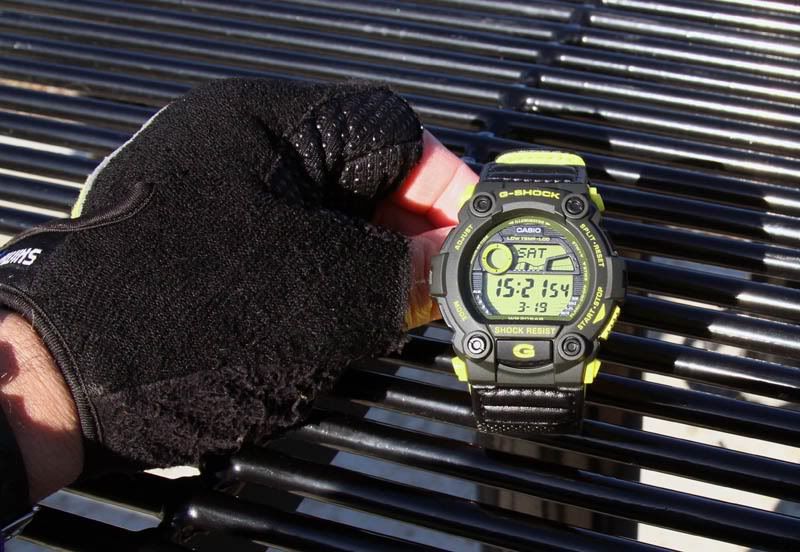
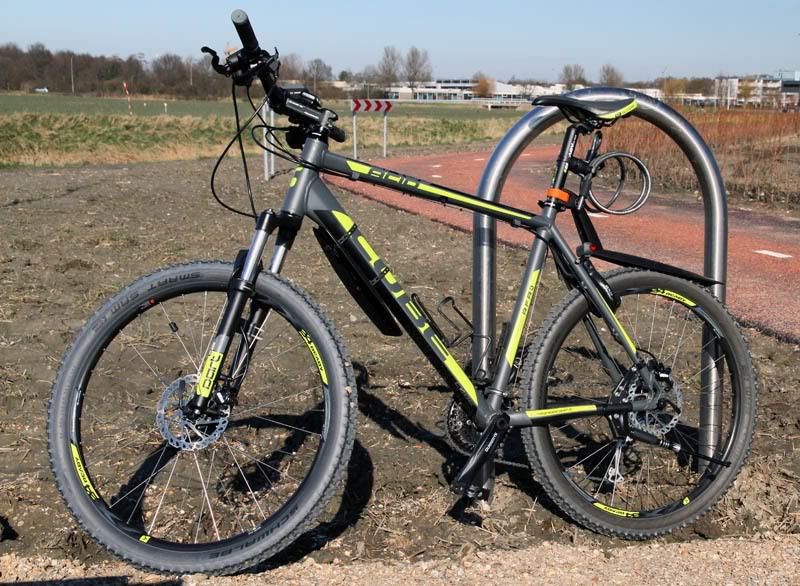

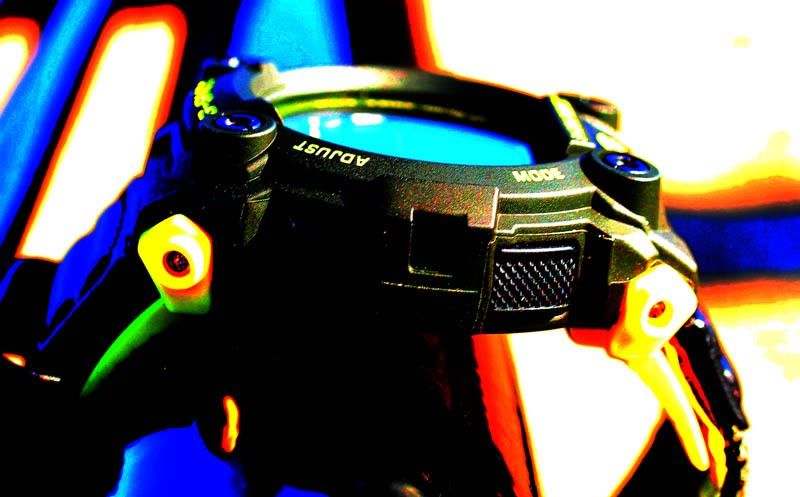

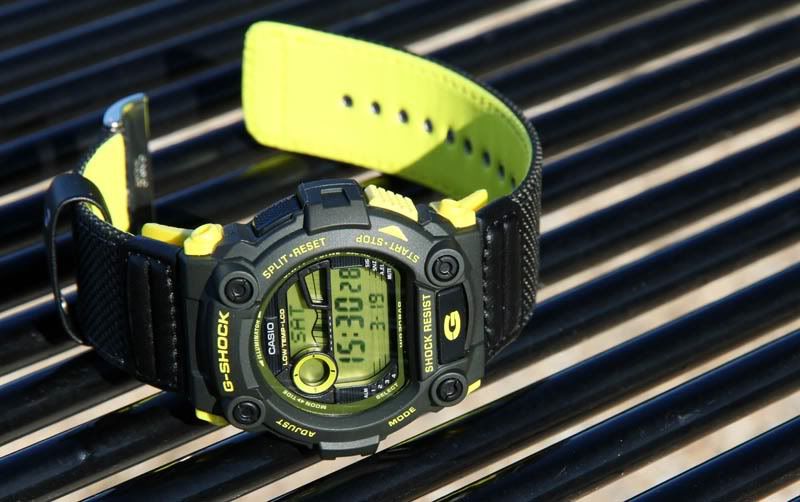

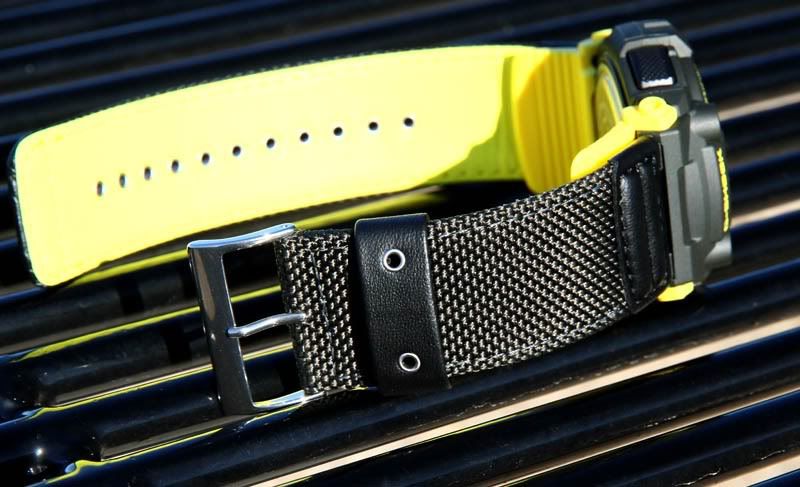
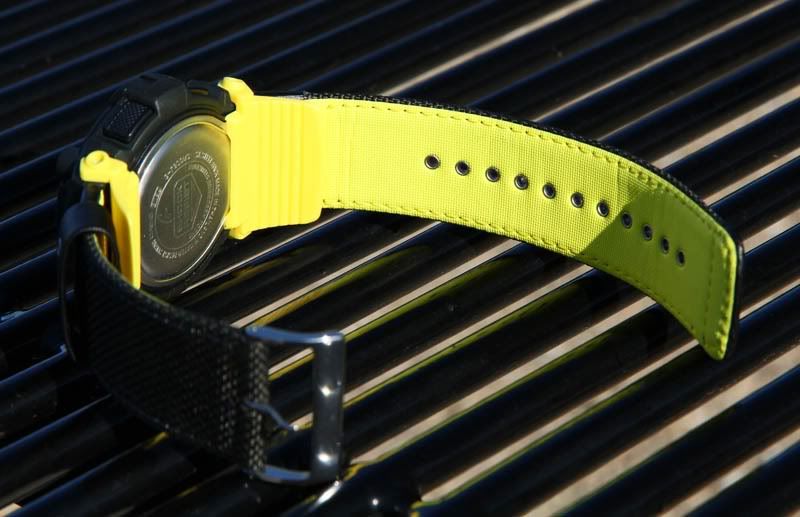


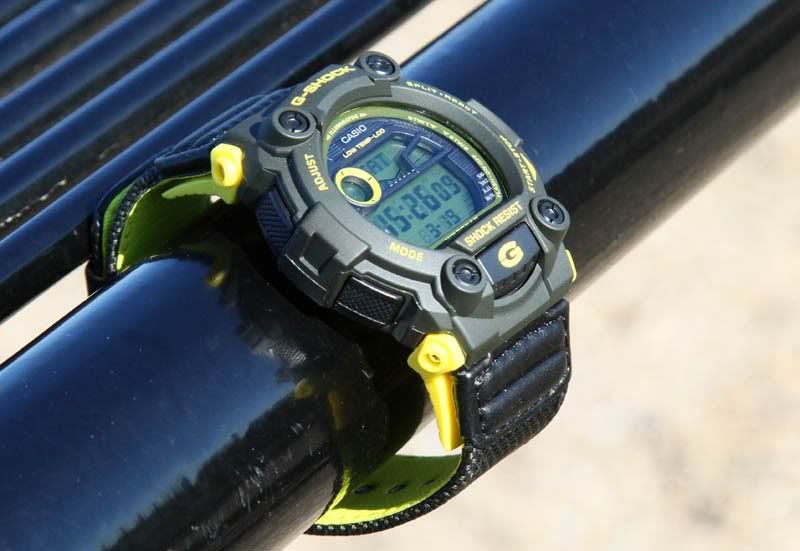
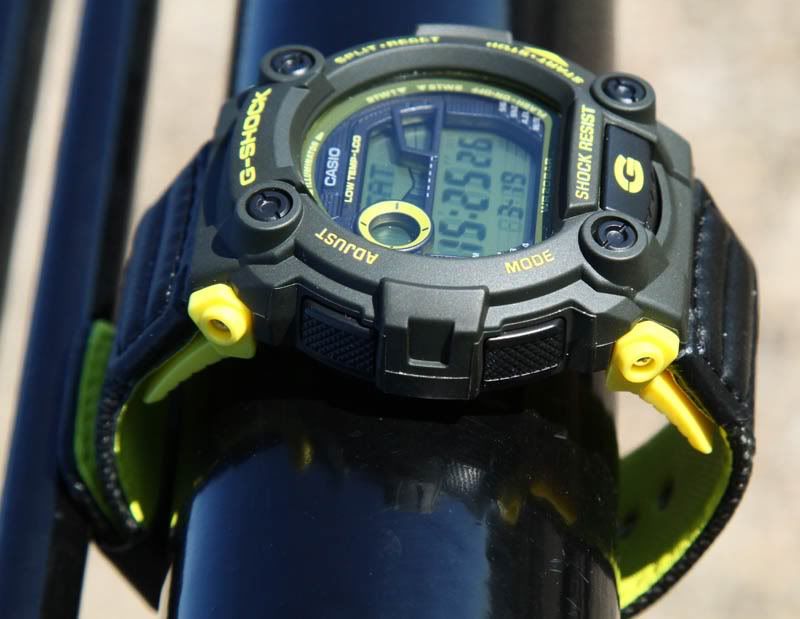

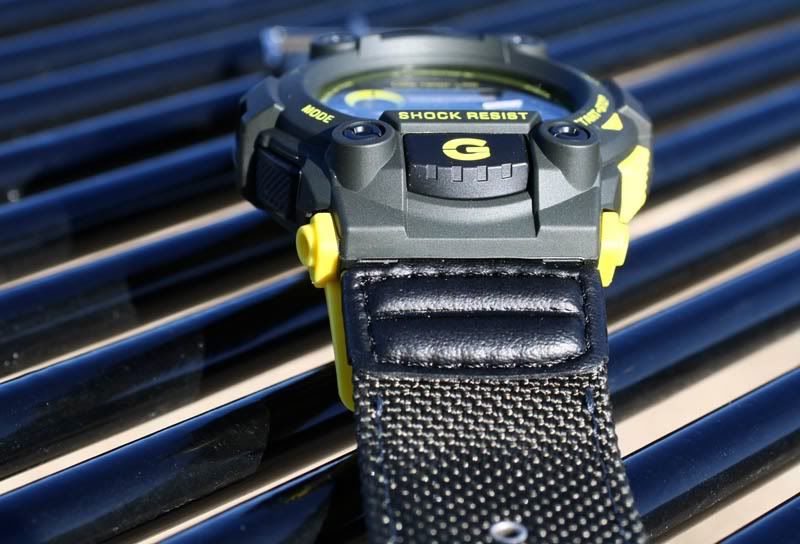
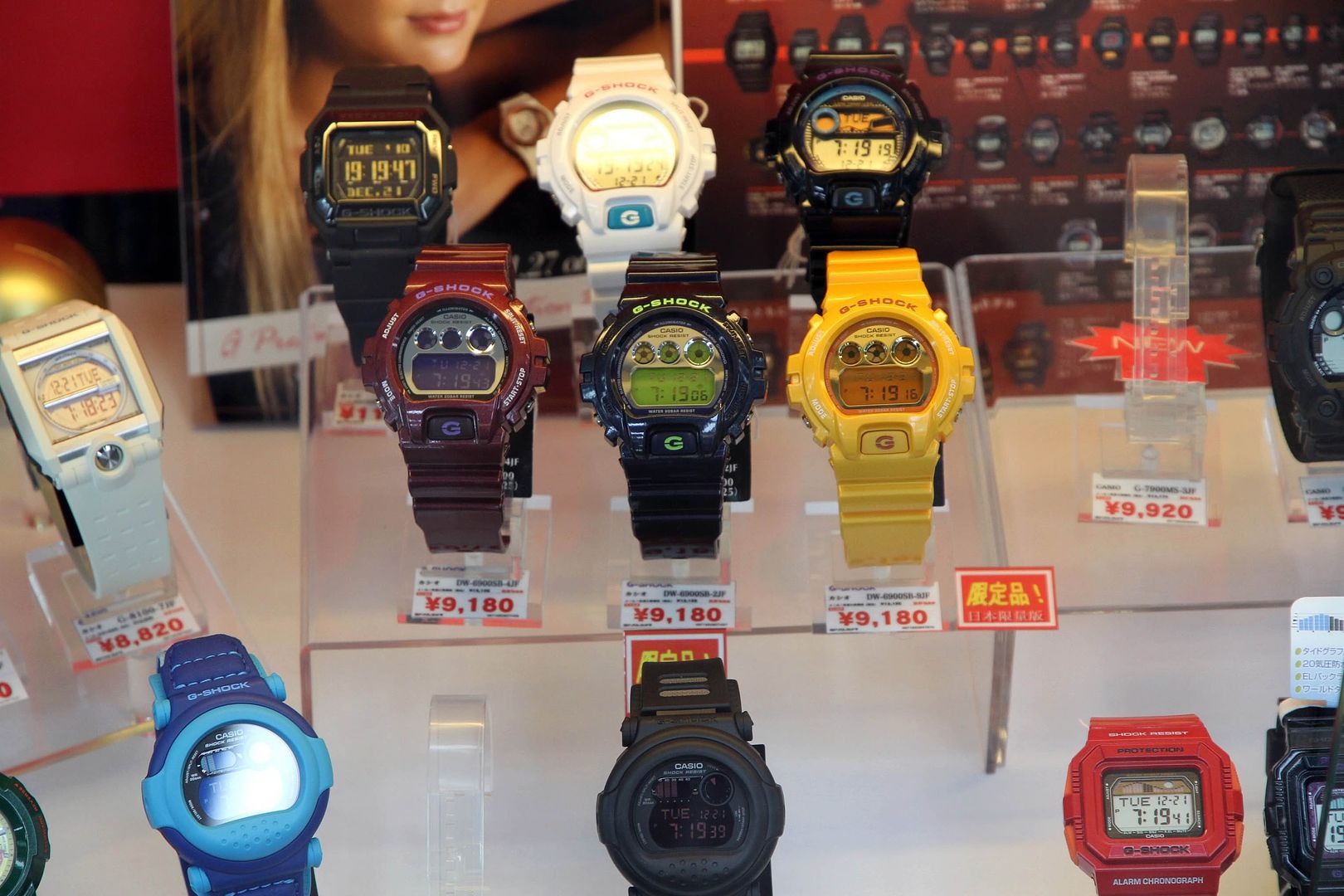

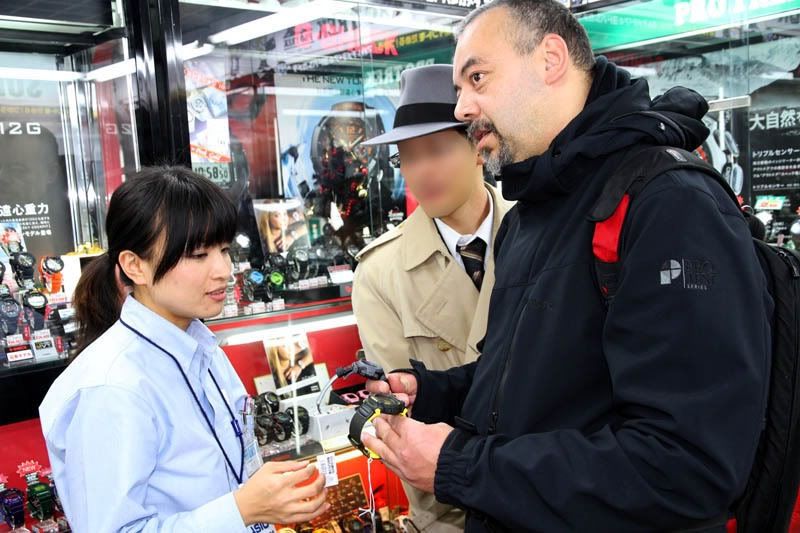
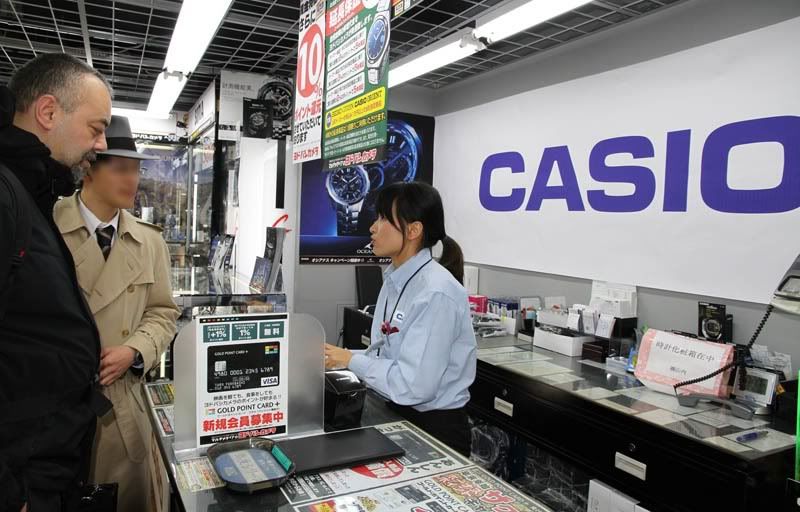
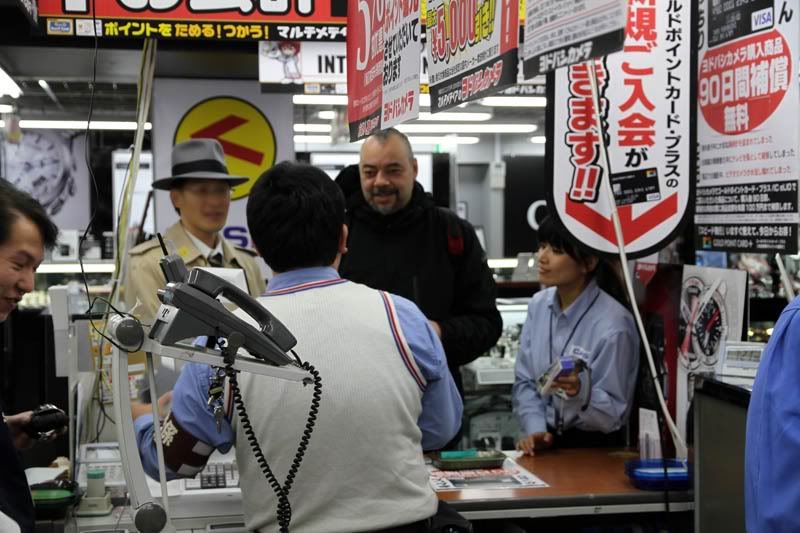


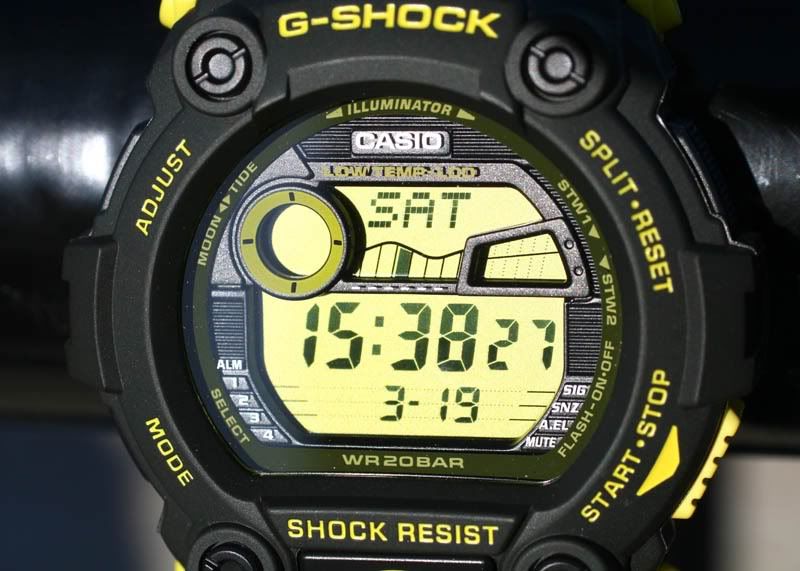
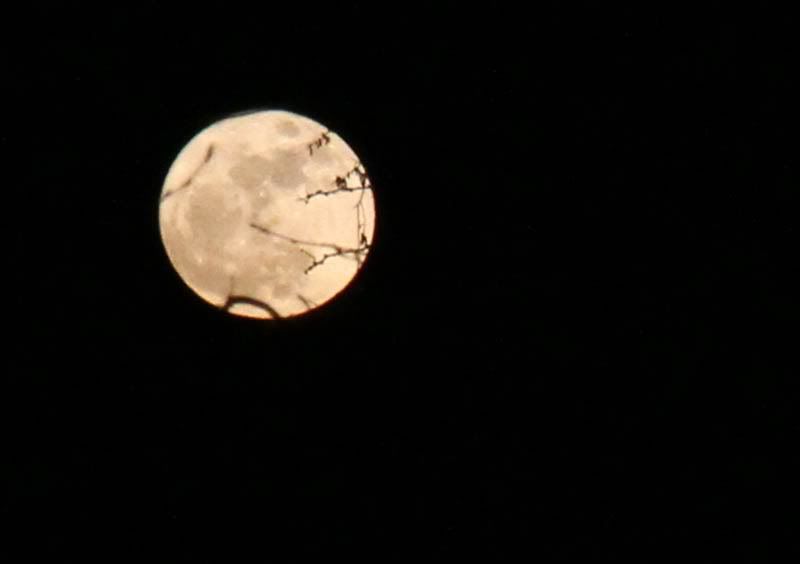


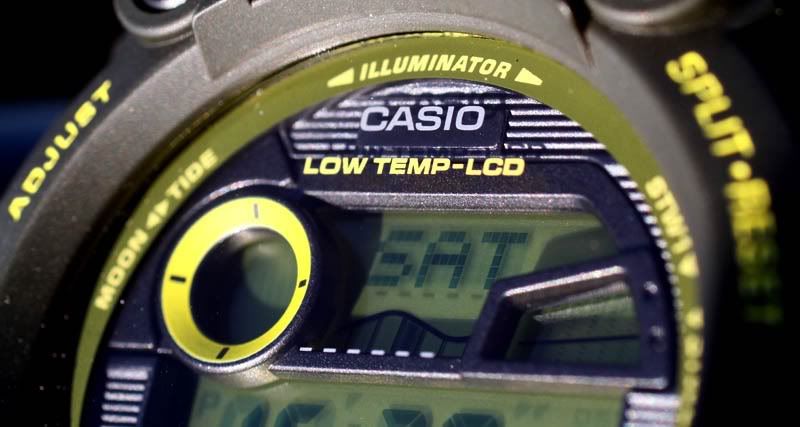
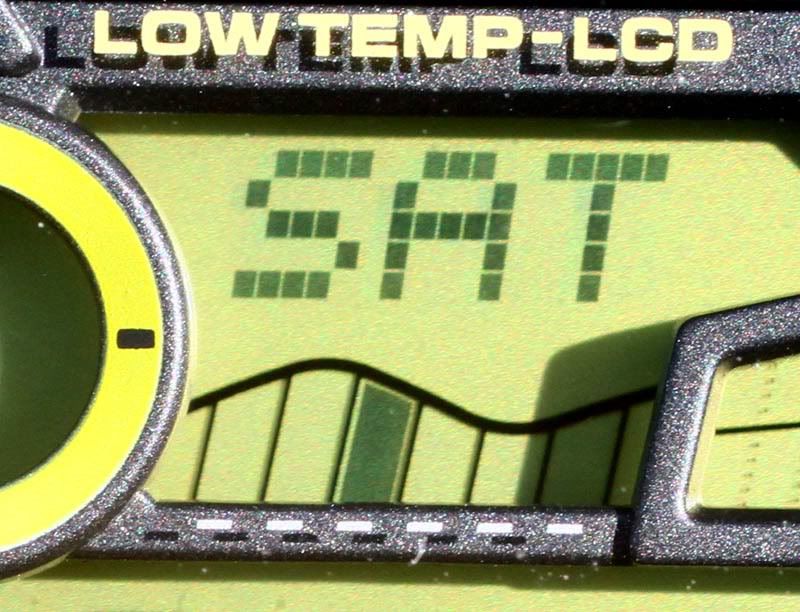
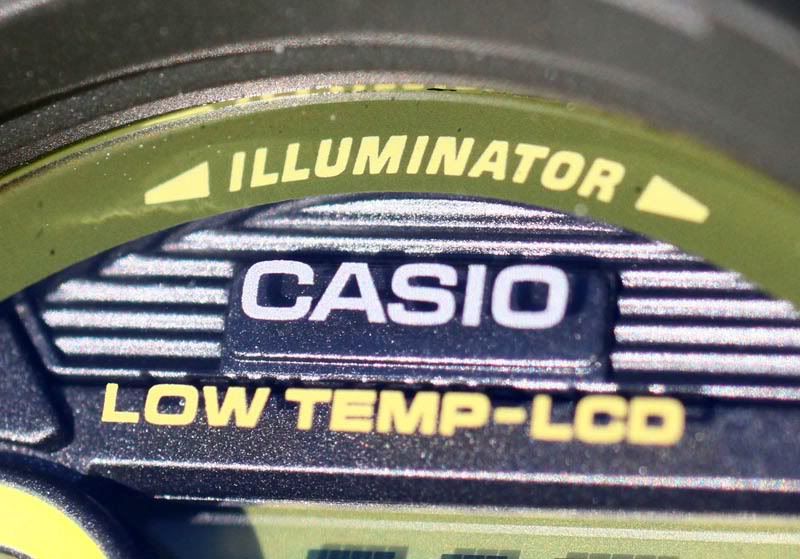
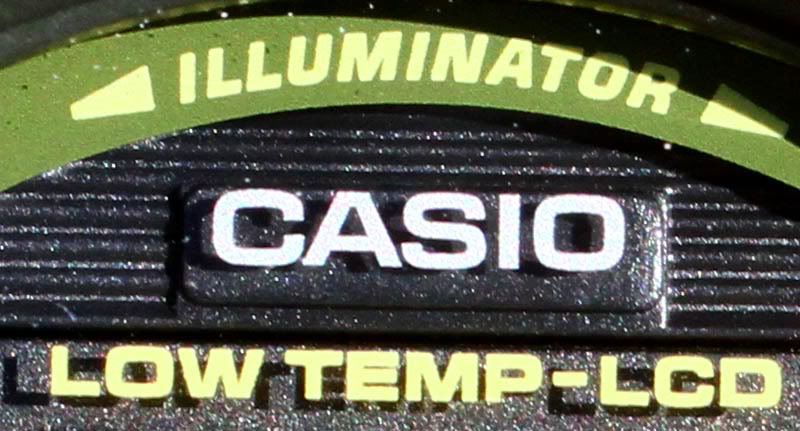

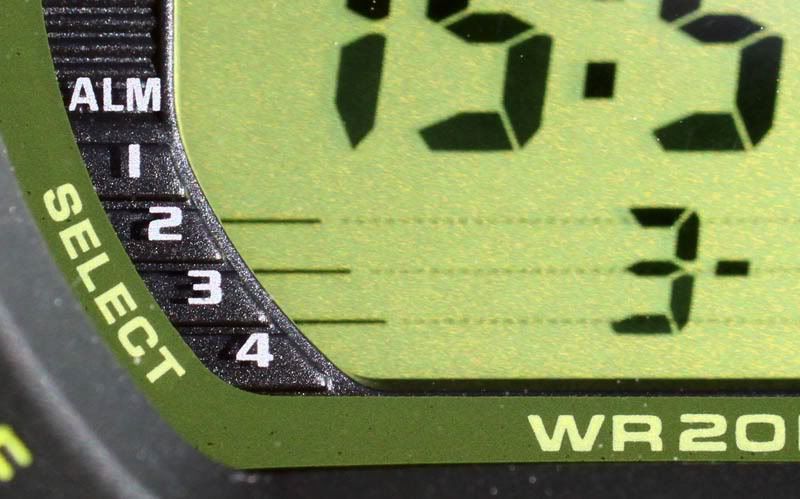
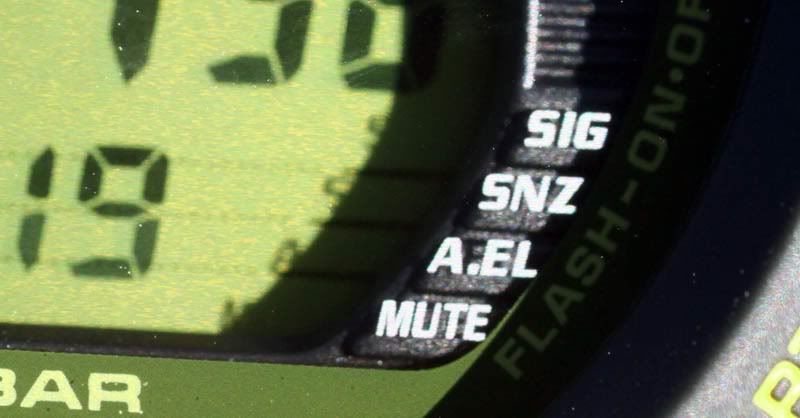
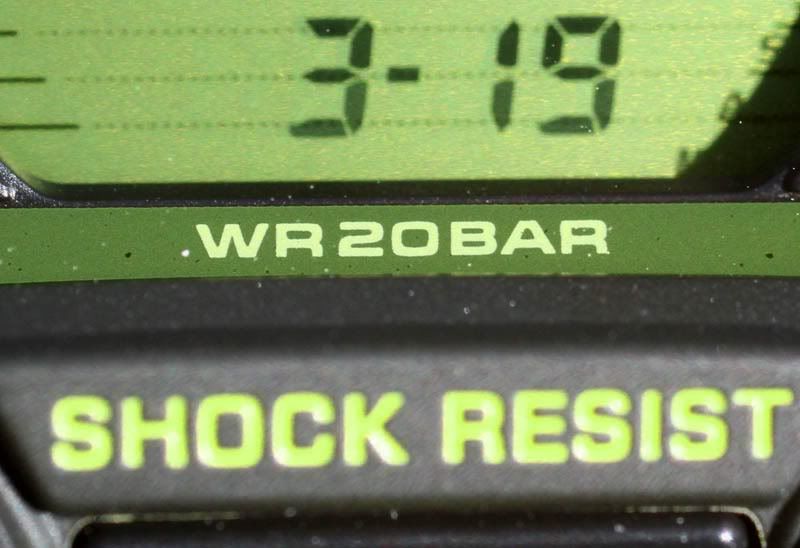
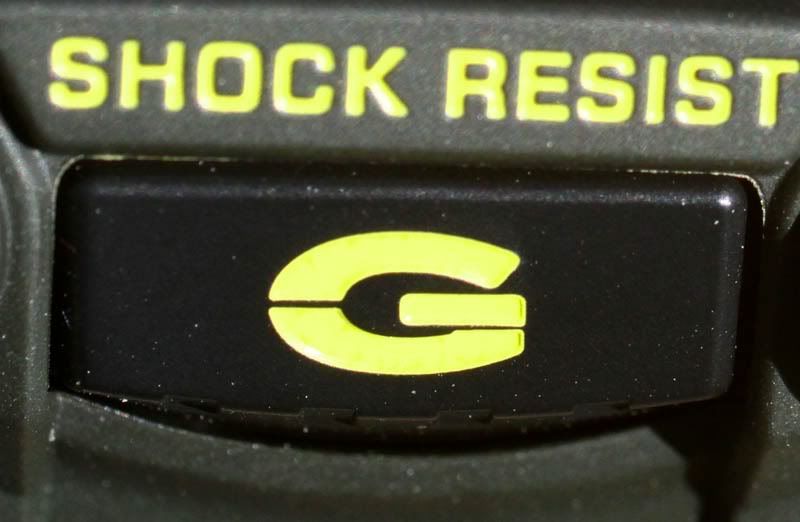
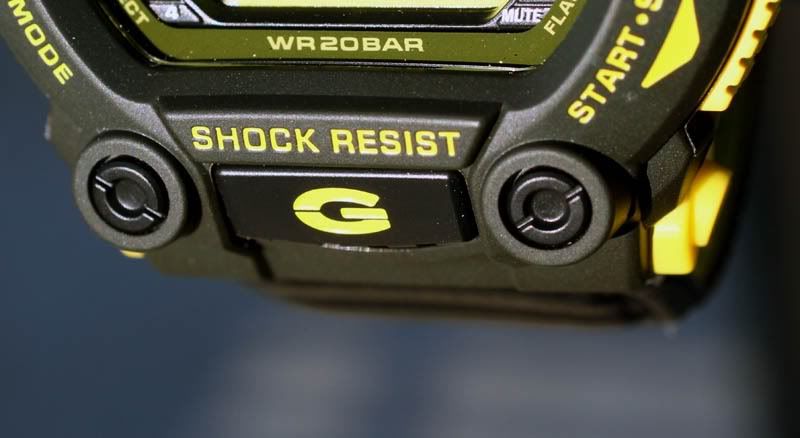
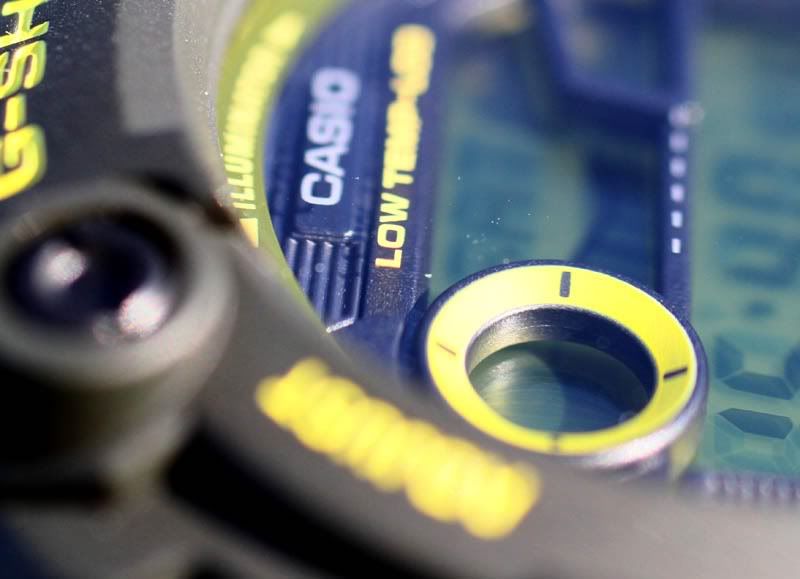
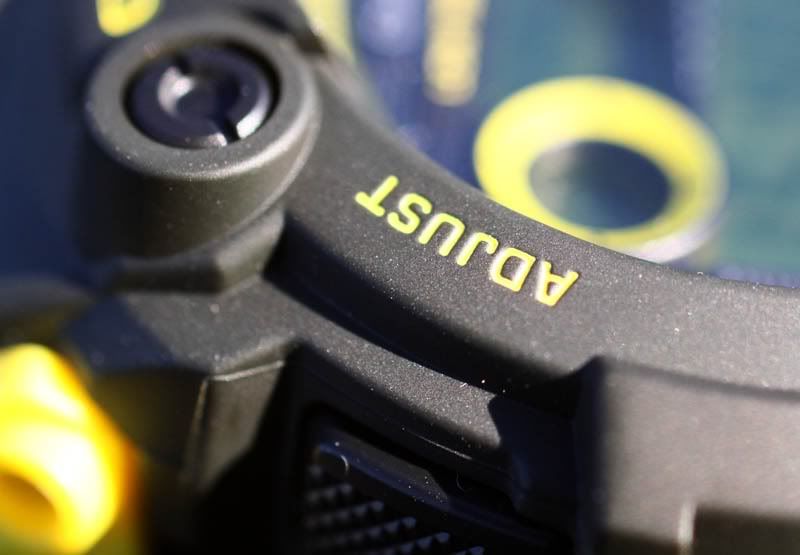

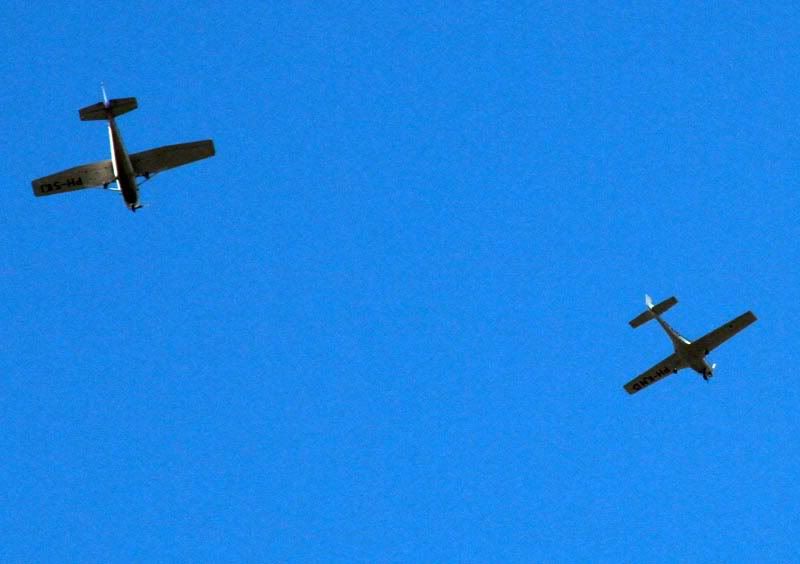
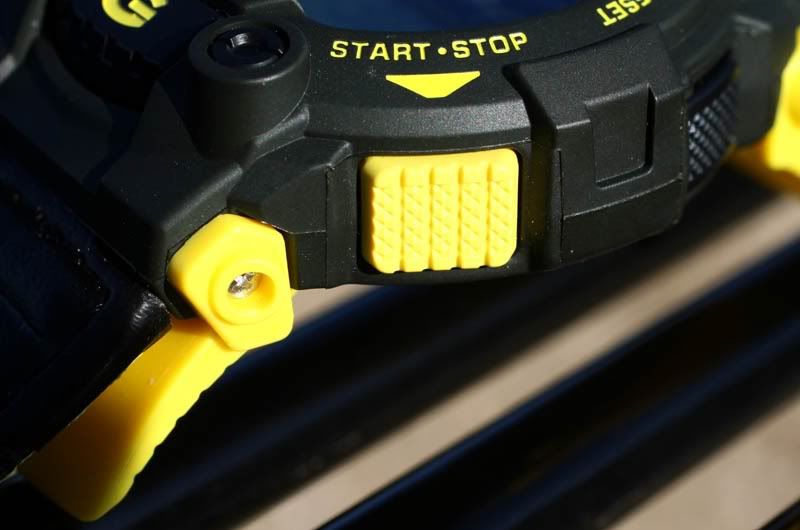

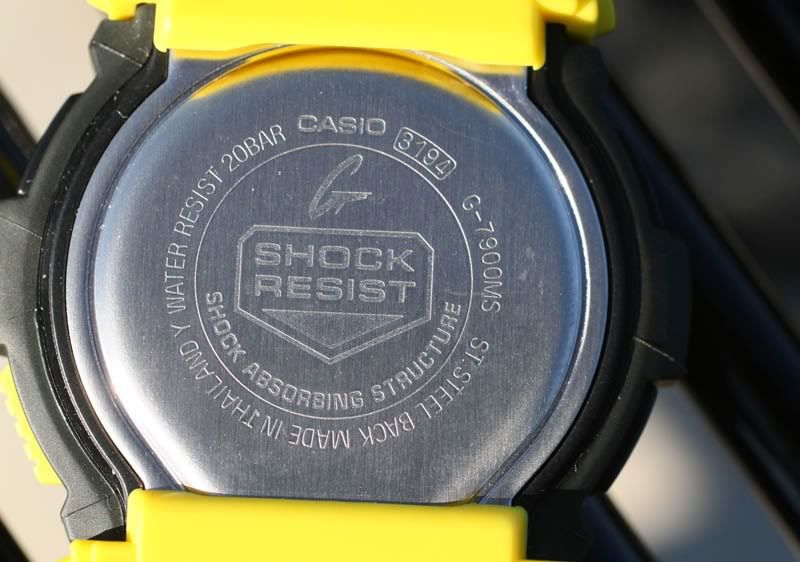
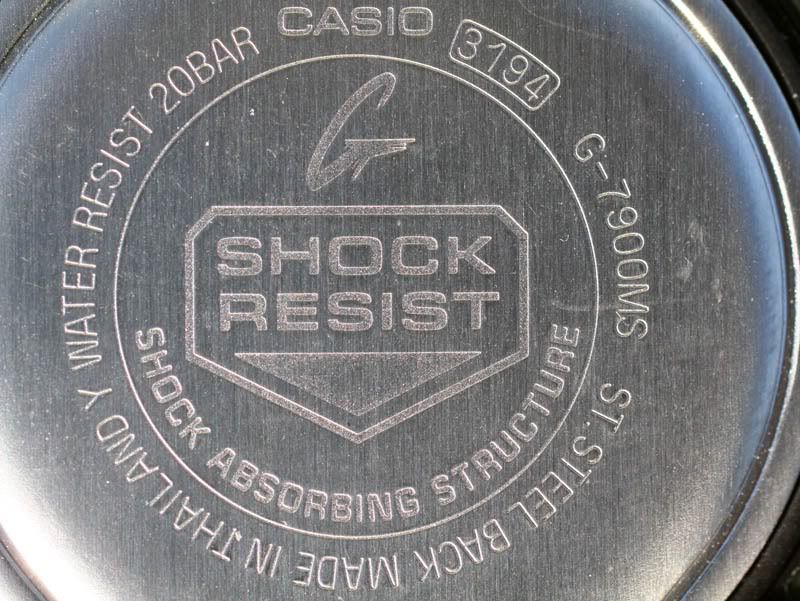


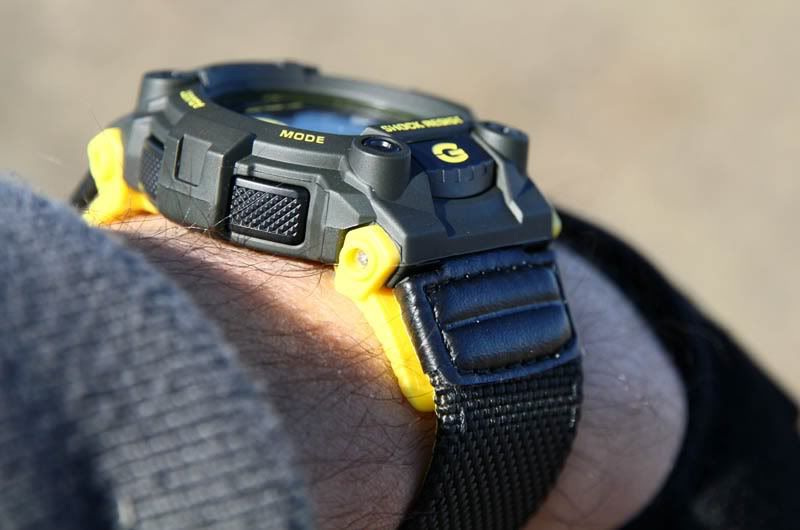
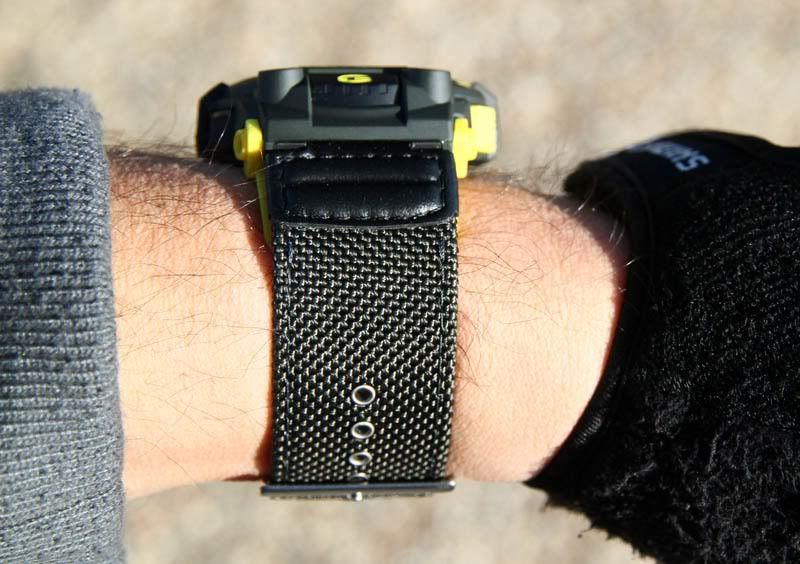

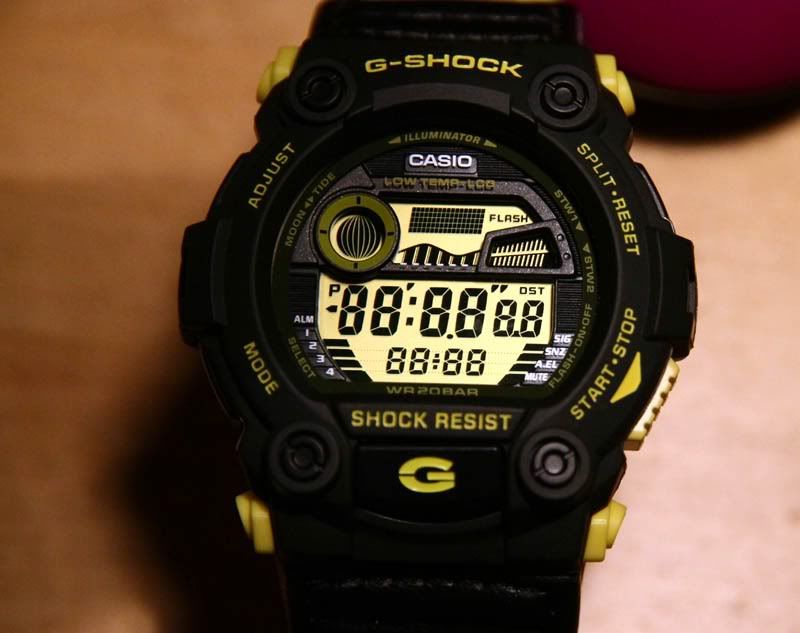
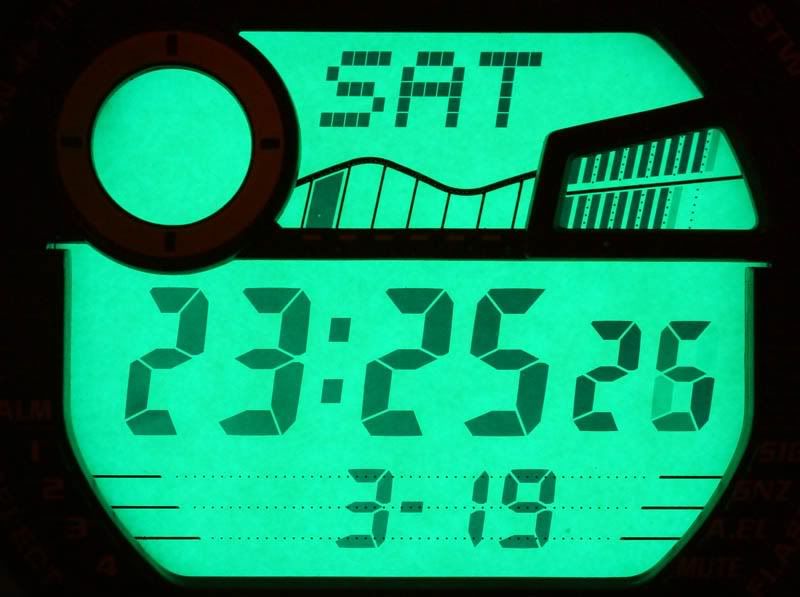
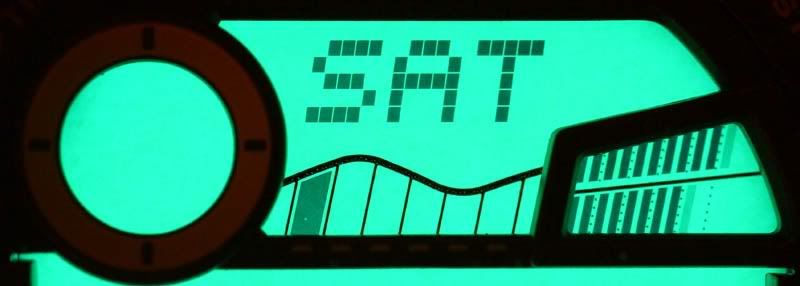
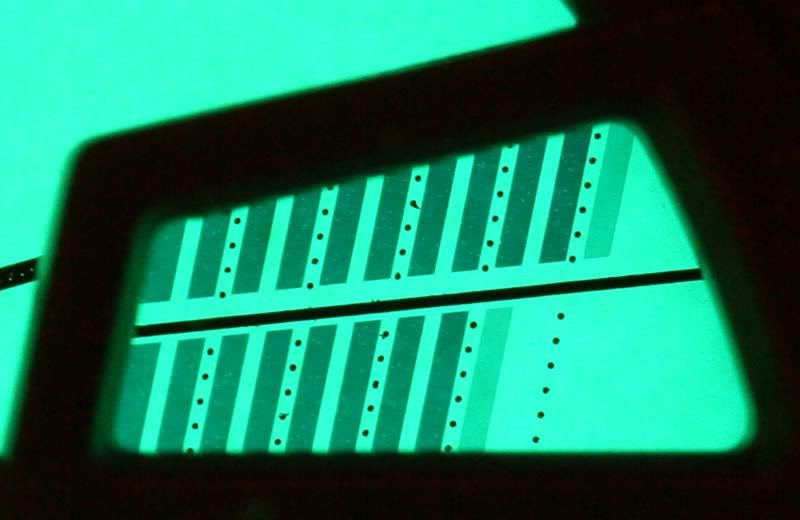
No comments:
Post a Comment